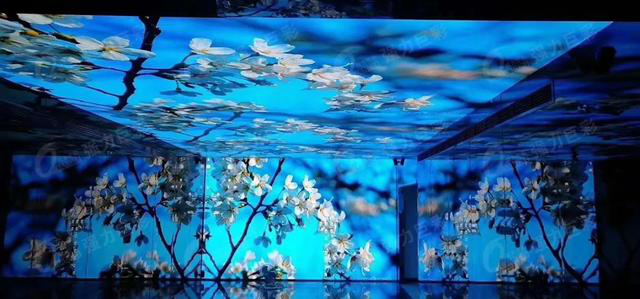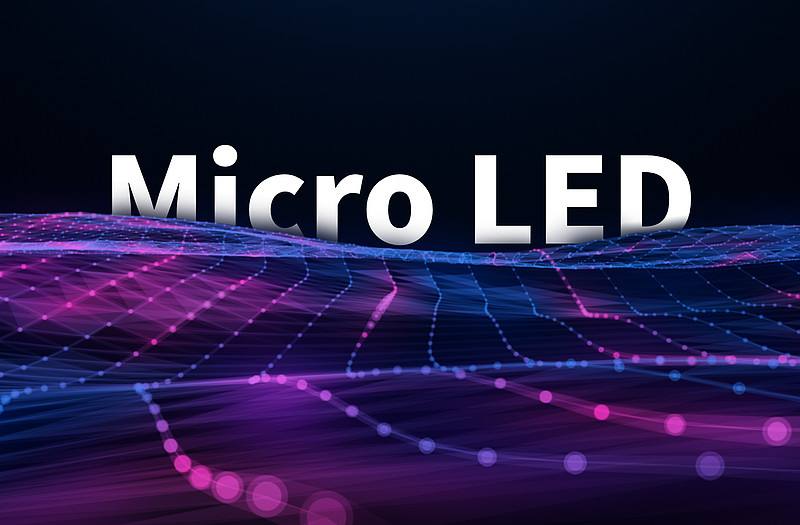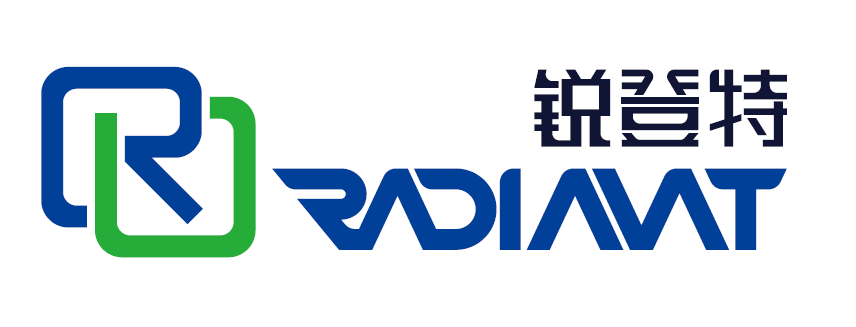After several years of hard work and precipitation, the new Mini/Micro LED display technology has made key breakthroughs, and terminals based on the new display technology have begun to frequently enter the public's field of vision. Despite this, Mini/Micro LED is still a few steps away from the other side of success, and Mini LED and Micro LED at different stages of development still have some difficulties to overcome.
Mini LED backlight is expected to gradually beat OLED in TV market
MiniLED backlight is the best solution to improve the contrast ratio of LCD panels. In the past two years, related products have been mass-produced in applications such as TVs, desktop monitors and notebooks. However, while expanding market acceptance, it is inevitable to compete face-to-face with various types of OLED technologies. For large-size products such as TVs, MiniLED backlights have more flexibility in terms of cost or specification than OLED technology. Such as flexible led screen. In addition, in the next few years, LCD will still occupy the absolute mainstream position of more than 90% of the TV panel market. It is expected that the penetration rate of MiniLED backlight TV will reach more than 10% in 2026.

In terms of MNT, there is not much layout and investment in various aspects at present. Such as P3.9 transparent led screen. Mainly because MNT and TV have a lot of common technologies for a long time, manufacturers usually choose to invest in TV applications first, and then extend to MNT applications. It is good for transparent LED display. Therefore, it is expected that manufacturers will gradually penetrate into the MNT field after gaining a firm foothold in the TV field.
As for smaller-sized notebook computers, tablet computers and other applications, from the perspective of cost and production capacity, Mini LED backlights are unlikely to win in the short term. On the one hand, the technology of small and medium-sized OLED panels is very mature at this stage, and the cost advantage is relatively obvious; on the other hand, the production capacity of small and medium-sized OLED panels is sufficient, while the production capacity of Mini LED backlight is relatively limited. Therefore, in the short term, the development of MiniLED backlight technology in small and medium-sized notebooks.
Micro LED large-size display has officially started mass production
After years of research and development, Micro LED large-scale displays have officially entered the milestone of mass production this year, which has become a rich driving force for the development of related components, equipment and processes. The joining of more manufacturers and the trend of continuous miniaturization will be the key to the continuous reduction of chip costs. In addition, the mass transfer method is also gradually moving from the current pick-up method to the laser-laser transfer method with faster speed and higher utilization rate, which simultaneously optimizes the process cost of Micro LED. At the same time, with the expansion of the 6-inch epitaxy plant of the chip factory and the gradual release of production capacity, the cost of Micro LED chips and the overall production will also accelerate. Under the simultaneous improvement of the above-mentioned materials, technologies and production capacity, taking an 89-inch Micro LED TV with 4K resolution as an example, it is expected that the cost reduction will reach a level of more than 70% from 2021 to 2026.
Smart glasses applications have become a hotbed for incubating Micro LEDs
Driven by the metaverse issue, penetrating smart glasses (AR glasses) have also become another highly anticipated incubation hotbed for Micro LED technology. However, from the perspective of technology and market, AR smart glasses are still facing great challenges. Technical challenges include micro-projection technology and optical waveguide technology. The former involves the FOV field of view, resolution, brightness, light engine design, etc. The problem of the latter is mainly the occurrence of brightness attenuation. The challenge at the market level is mainly that the value that AR smart glasses can create for consumers and users has yet to be investigated by the market.

As far as the light engine is concerned, the display specifications of AR glasses pay attention to small area and high resolution, and the pixel density (PPI) requirements are extremely high, often above 4,000. Therefore, the size of the Micro LED chip must be below 5um to meet the requirements of miniaturization and high resolution. Although the development of ultra-small-sized Micro LED chips in terms of luminous efficiency, full color, and wafer bonding is still in its infancy, the high brightness and stable life of Micro LED are the pursuit of AR glasses displays.
Competing technologies such as Micro OLED are out of reach. Therefore, it is expected that the chip output value of Micro LED used in AR glasses will usher in a compound growth rate of more than 700% per year during the period from 2023 to 2026, along with the process of the device becoming mature. In addition to large-scale displays and AR glasses, Micro LED can be combined with the excellent characteristics of flexible and penetrable backplanes. It is expected that it will also emerge in automotive displays and wearable displays in the future, creating a new application that is different from the current display technology. Business.
In general, MiniLED backlight TVs have a lot of hardships. With the accelerated cost reduction, MiniLED backlight TVs are expected to enter the stage of large-scale production. In terms of Micro LED, the mass production of large-scale displays has reached a milestone, and new opportunities for applications such as AR glasses, automotive and wearables will continue to develop. In the long run, Micro LED, as the ultimate display solution, has attractive application prospects and the value it can create.
Post time: Oct-24-2022
